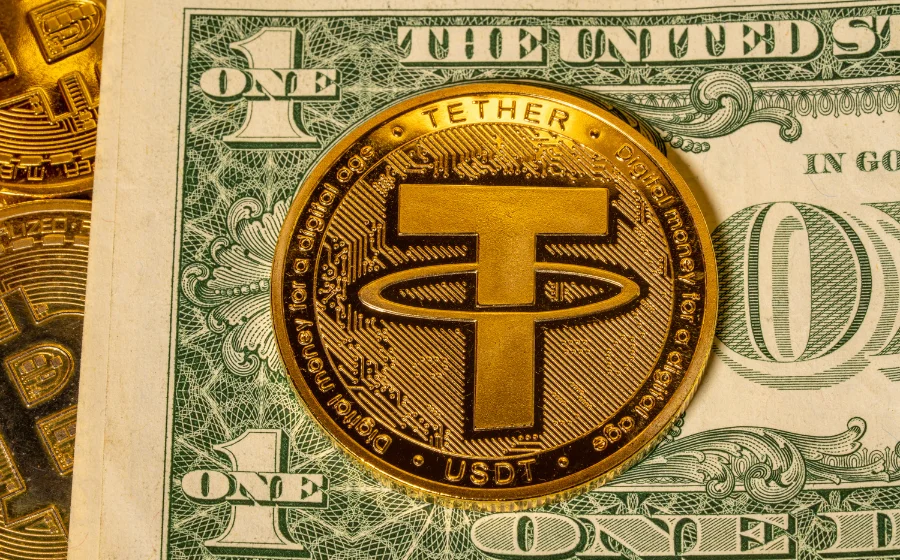
KEYTAKEAWAYS
- Verification ensures trustless security.
Every Cryptocurrency Transaction is validated by nodes through consensus, eliminating the need for banks or intermediaries.
- PoW and PoS protect the network differently.
PoW secures transactions with computational puzzles, while PoS relies on token staking for energy-efficient validation.
- Transparency prevents double spending.
Blockchain confirmations make Cryptocurrency Transactions irreversible, resistant to tampering, and globally verifiable.

CONTENT
Learn how Cryptocurrency Transactions are verified on the blockchain through Proof of Work and Proof of Stake, ensuring secure, transparent, and decentralized digital payments.

WHAT ARE CRYPTOCURRENCY TRANSACTIONS?
When you send cryptocurrency to someone, you’re creating a Cryptocurrency Transaction — a digital record that details who sent the tokens, who received them, how many tokens were transferred, and when the transaction occurred.
Once submitted, the Cryptocurrency Transaction isn’t just shared between you and the recipient. It’s broadcast to the entire blockchain network, where nodes verify its authenticity through consensus mechanisms, ensuring that the data is valid and tamper-proof.
After verification, the transaction is added to a new block and becomes a permanent part of the blockchain — transparent, traceable, and irreversible. This process is what gives Cryptocurrency Transactions their trustless and decentralized nature, eliminating the need for intermediaries.
>>> More to read: What is Proof of Staked Authority(PoSA)?
HOW TO VERIFY CRYPTOCURRENCY TRANSACTIONS ON THE BLOCKCHAIN
🔍 Sharing and Verification
When you create a transaction, your crypto wallet uses your private key to generate a digital signature — proof that you authorized the transfer. This signature, along with your transaction details, is then broadcast to a decentralized network of computers (called nodes).
These nodes perform verification checks to ensure you actually own the tokens being sent and that the transaction data is valid. Once confirmed, your transaction is grouped with others to form a new “block,” which then awaits approval by the blockchain network.
🚩 How the Network Reaches Consensus
A transaction is only finalized when the entire blockchain network agrees that the new block is valid. This agreement is achieved through what’s known as a consensus mechanism — the system that ensures all participants maintain a consistent and secure ledger.
The two most common consensus mechanisms are Proof of Work (PoW) and Proof of Stake (PoS).
✅Proof of Work (PoW)
Under PoW, miners compete to solve complex mathematical puzzles using computational power. The first miner to solve the puzzle earns the right to add a new block of verified Cryptocurrency Transactions to the blockchain.
Other nodes then validate the result. Once approved, the block becomes permanent, and the successful miner receives a block reward — newly minted cryptocurrency.
This method, used by Bitcoin, provides strong security but consumes large amounts of energy and computing resources.
📌 Proof of Stake (PoS)
PoS works differently. Instead of solving puzzles, validators are chosen based on the amount of cryptocurrency they have staked (locked up) in the network. Validators take turns proposing and confirming new blocks.
If a validator acts dishonestly, their staked tokens can be slashed as a penalty.
PoS offers higher energy efficiency and is widely adopted by major blockchains such as Ethereum, BNB Chain, and Solana — making it a popular alternative for securing and verifying Cryptocurrency Transactions.
>>> More to read:
WHY VERIFICATION MATTERS IN CRYPTOCURRENCY TRANSACTIONS
Throughout history, two major challenges have hindered the development of digital money:
1️⃣ Double Spending — In early digital cash systems, the same funds could be sent to multiple recipients at once, creating the risk of counterfeit transactions.
2️⃣ Reliance on Centralized Trust — Traditional financial systems depend on banks, companies, or other intermediaries to approve and process transactions, forcing users to trust a single authority.
The blockchain revolution solved both problems. Every Cryptocurrency Transaction is publicly recorded, time-stamped, and permanently stored on the blockchain. This design prevents anyone from spending the same coin twice and removes the need for a central institution. Instead, thousands of independent computers (nodes) verify and agree on each transaction, making the system highly resistant to fraud, tampering, and cyberattacks.
📌 What Are Blockchain Confirmations?
Every time a new block is added to the blockchain, your Cryptocurrency Transaction receives a confirmation. The more confirmations a transaction has, the more secure it becomes — meaning it’s increasingly difficult to alter or reverse.
Different blockchains require varying numbers of confirmations before a transaction is considered final and safe.
For instance:
- Bitcoin (BTC): Merchants typically wait for at least 4 confirmations before releasing goods or services.
- Ethereum (ETH): Transactions generally require around 30 confirmations to be fully validated.
In short, confirmations serve as layers of protection — ensuring that your Cryptocurrency Transactions are irreversible, transparent, and trustworthy.
>>> More to read: What Are Blockchain Transaction Fees?
CRYPTOCURRENCY TRANSACTIONS SUMMARY
The verification process behind Cryptocurrency Transactions ensures that digital currencies remain secure and trustworthy — even without banks or intermediaries.
Whether it’s through the complex mathematical puzzles of Proof of Work (PoW) or the staking-based system of Proof of Stake (PoS), these mechanisms safeguard the blockchain network and prevent issues like double spending or centralized control.
By understanding how Cryptocurrency Transaction verification works, you gain deeper insight into the technology that powers decentralized finance — and why millions of people worldwide trust cryptocurrencies as a secure, transparent, and borderless form of money.

















